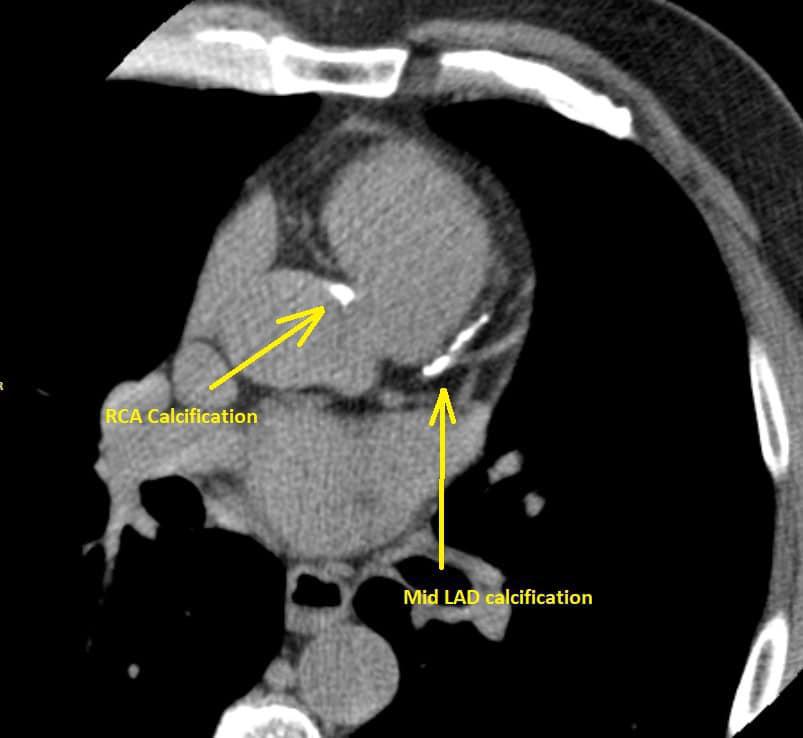
METHODS:
The study included 23,132 consecutive symptomatic patients evaluated for coronary artery disease using CACS from the Western Denmark Heart Registry, a seminational, multicenter-based registry with longitudinal registration of patient and procedure data.
Researchers assessed the association of LDL-C level obtained before CT with ASCVD (myocardial infarction and ischemic stroke) events occurring during follow-up stratified by CACS>0 versus CACS=0 adjusted for baseline characteristics.
The results in the National Heart, Lung, and Blood Institute–funded Multi-Ethnic Study of Atherosclerosis (MESA).
RESULTS:
During a median follow-up of 4.3 years, 552 patients experienced a first ASCVD event.
In the overall population, LDL-C (per 38.7 mg/dL increase) was associated with ASCVD events occurring during follow-up.
When stratified by the presence or absence of baseline CAC, LDL-C was only associated with ASCVD in the 10 792/23,132 patients (47%) with CAC>0 .
No association was observed among the 12 340/23 132 patients (53%) with CAC=0.
Similarly, a very high LDL-C level (>193 mg/dL) versus LDL-C <116 mg/dL was associated with ASCVD in patients with CAC>0 but not in those without.
In patients with CAC=0, diabetes, current smoking, and low high-density lipoprotein cholesterol levels were associated with future ASCVD events. T
he principal findings were replicated in the MESA database that had follow up over 16 years.
CONCLUSIONS:
LDL-C appears to be almost exclusively associated with ASCVD events over ≈5 years of follow-up in middle-aged individuals with a CACS>0 versus without evidence of coronary atherosclerosis. The same results were found over 16 years in the MESA study group.
This information is valuable for individualized risk assessment among middle-aged people with or without coronary atherosclerosis. A CACS is essential in deciding on Rx to lower LDL-C. A CACS of 0 should be repeated perhaps every 5 years to reassess the need for Rx therapy. This is true even when the LDL-C is quite high like over 190 mg/dl.
Attempts at diet, weight loss, exercise, and supplements should be offered to lower LDL-C in those with a CACS of 0.

